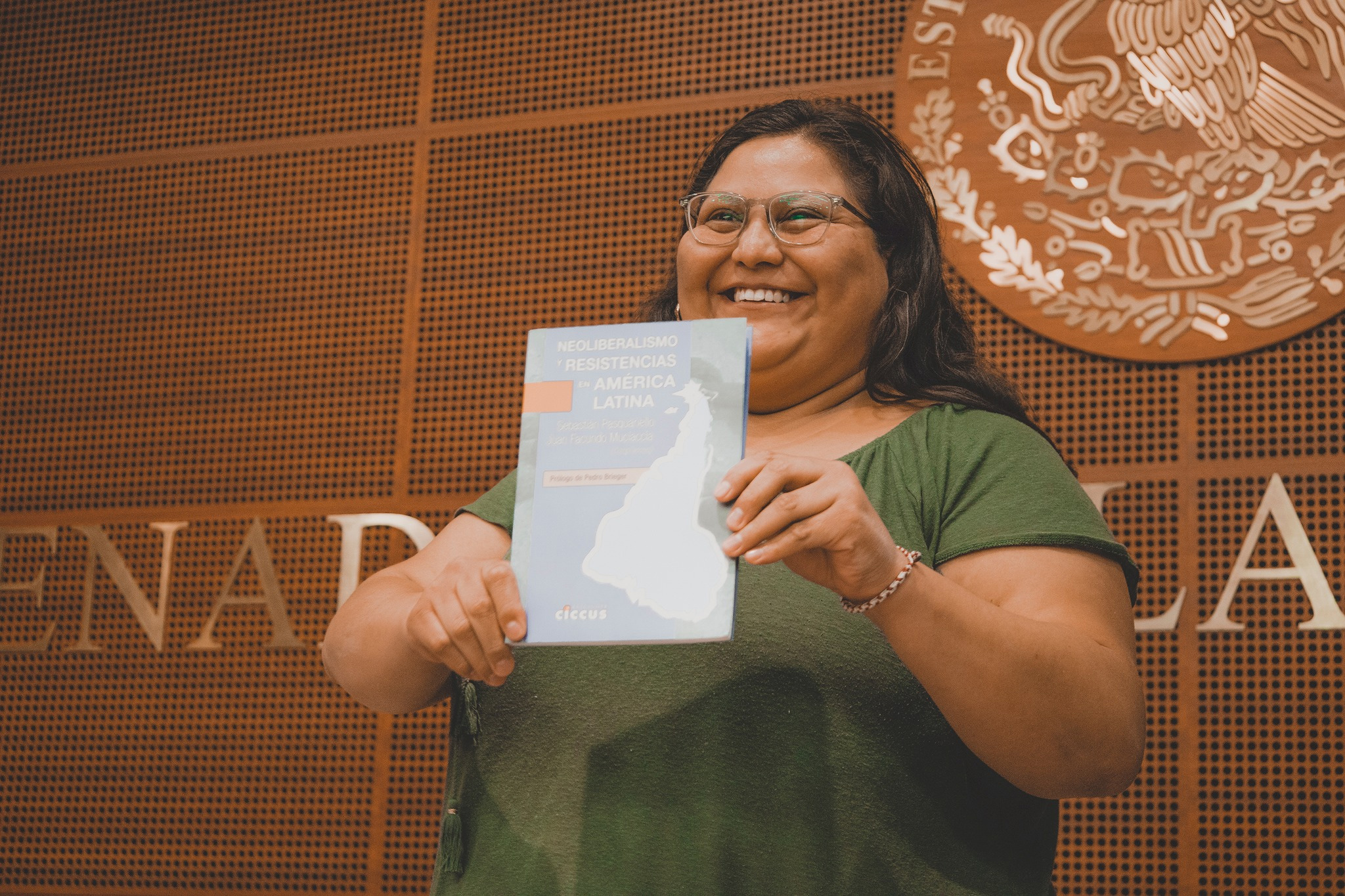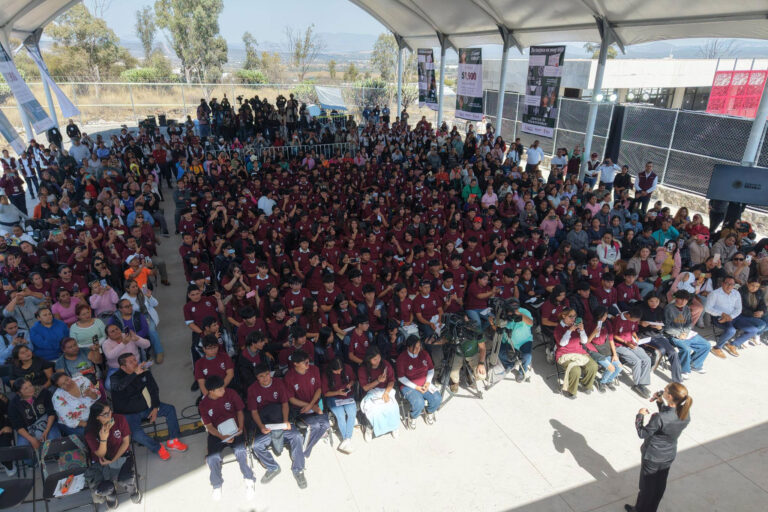Impossible to Build Care System in Six Years, Admits Secretary of Women
This article by Montserrat Maldonado originally appeared in the August 13, 2025 edition of El Sol de México.
It is impossible to build a care System in six years, admitted Mexico’s Secretary of Women, Citlalli Hernández.
“It’s impossible to build an entire system that can recognize and guarantee this need for care in six years. However, we believe this six-year term is key to establishing the foundations for this system,” the federal official said in an interview with the media after her participation in the 16th Regional Conference on Women in Latin America and the Caribbean.
There is currently an initiative in Congress to create the National Care System, but the proposal has yet to be approved.
The head of the Ministry of Women stated that the federal government is preparing a diagnosis to determine where Mexico stands and where it needs to move forward.
“The entire government is working to understand the services, social programs, and infrastructure we already have for the benefit of people in need of care and caregivers. Today we have daycare centers and daycare centers that care for and assist with care work, but now it’s time to understand how we can help: how do we articulate these advances in a Care System?” she explained.
She emphasized that work is also underway to expand the construction of a national network of Child Education and Care Centers (CECI) to support working mothers.
“President Claudia Sheinbaum has proposed that in this first year alone, she wants to build 200 centers and 1,000 CECIs throughout her six-year term,” she said.
Hernández added that a budget proposal will be presented at the end of 2025 to determine how much the country should invest in care.
Investment in Care Work
During the Conference, ECLAC highlighted that the Latin American and Caribbean region needs to invest 4.7 percent of its Gross Domestic Product (GDP) to create Care Systems.
For the country, social organizations such as Oxfam estimate that at least 2 to 3 percent of GDP is required to achieve public policies that benefit women, girls, and adolescents who carry the greatest burden of care work.
-
The Poor as Instruments, Not Allies
Welfare programs with political aims are not the same as forging political alliances with the impoverished population created by voracious neoliberal capitalism.
-
Florida, the Race for the Presidency & Opaque Capital
Contemporary Florida is the distorted and advanced mirror of a new form of global governance, where money laundering has not only been tolerated, but institutionalized & updated for the digital age, fed by a murky river flowing from the Global South.
-
People’s Mañanera December 22
President Sheinbaum’s daily press conference, with comments on economic achievements, Sonora development plan, extortion of immigrants, Baja California Sur dam, water treaty with US, nepotism loopholes, and García Luna.




